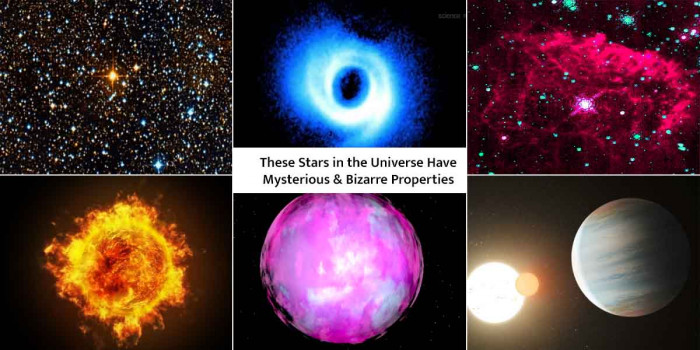Nazca Lines - Mysterious Geoglyphs Of Peru That Still Baffles The Researchers
The ancient Nazca Lines are hundreds of huge ground drawings etched into the high desert of southern Peru. Some are stylized animals and humanoid figures, wh...
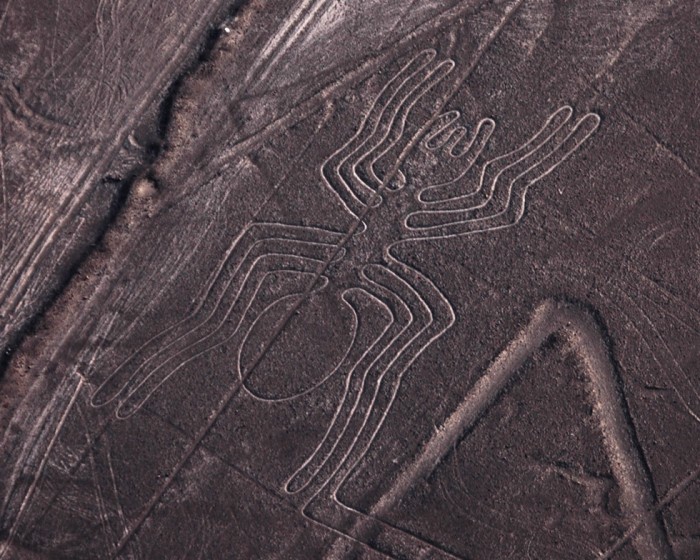
The ancient Nazca Lines are hundreds of huge ground drawings etched into the high desert of southern Peru. Some are stylized animals and humanoid figures, while others are merely straight lines hundreds of meters long. As the figures were made to be seen from a great height, they have been linked with the ancient astronaut hypothesis.
What are Nazca Lines?
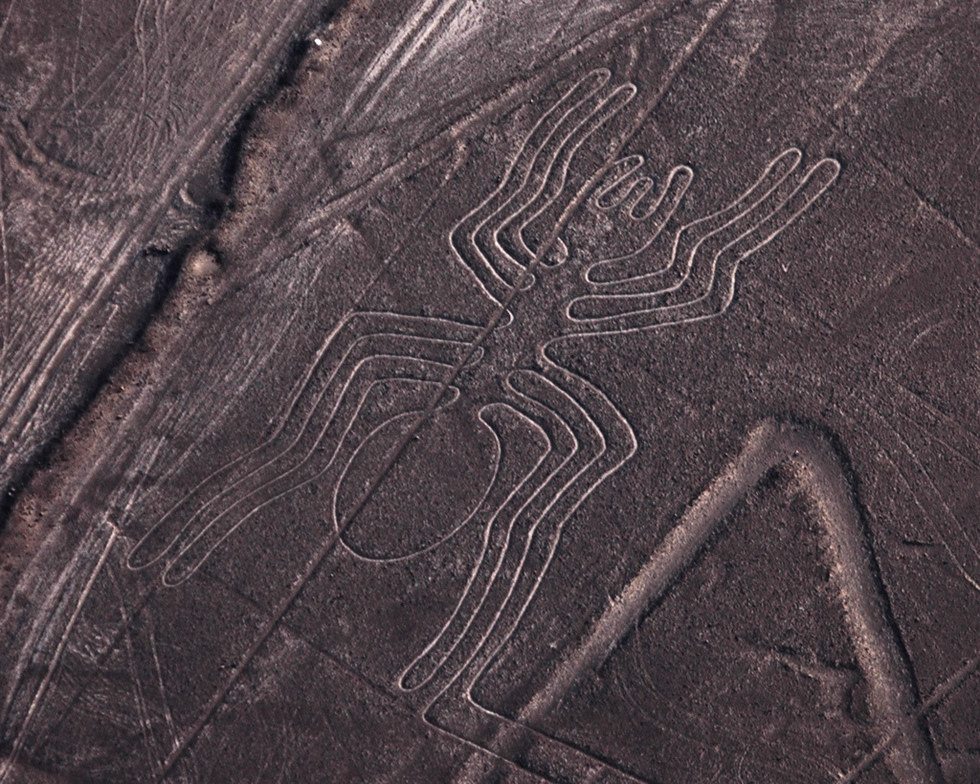
The Nazca Lines in southern Peru are a group of pre-Columbian geoglyphs etched into desert sands. Covering an area of nearly 1,000 sq. kilometers, there are about 300 different figures, including animals and plants. Composed of over 10,000 lines, some of which measure 30 meters wide and stretch more than 9 kilometers, the figures are most visible from the air or nearby hilltops.
Theories Related To Nazca Lines
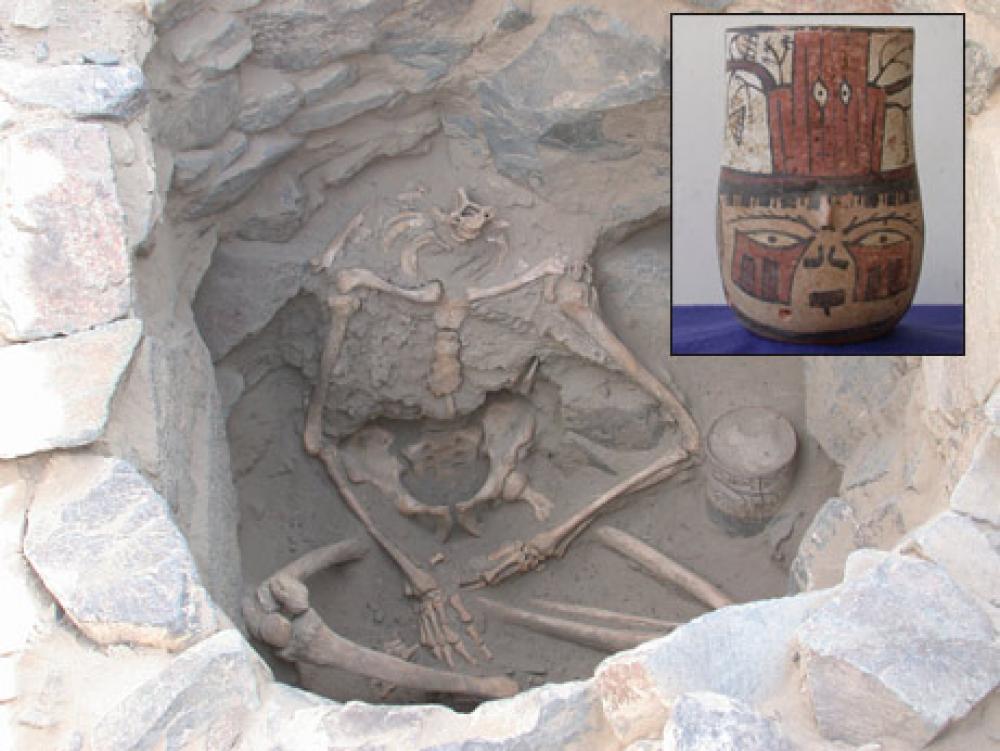
- One idea is that they are linked to the heavens with some of the lines representing constellations in the night sky.
- Another idea is that the lines play a role in pilgrimage, with one walking across them to reach a sacred place such as Cahuachi and its adobe pyramids.
- The lines are connected with water, something vital to life yet hard to get in the desert, and may have played a part in water-based rituals.
- In the absence of a firm archaeological conclusion, a number of fringe theories have popped up, such as the idea that the Nazca people used balloons to observe the lines from up high, something which there is no archaeological evidence for.
- Perhaps the best theory for the lines and symbols belongs to Tony Morrison, the English explorer, “The faithful would move from shrine to shrine praying and meditating. Often the shrine was as simple as a small pile of stones. The symbols may have also served as special enclosures for religious ceremonies”.
- Johan Reinhard in his book The Nasca Lines: A New Perspective on their Origin and Meanings gave a different theory "It seems likely that most of the lines did not point at anything on the geographical or celestial horizon, but rather led to places where rituals were performed to obtain water and fertility of crops."
- Christina Conlee of Texas State University in an article in Current Anthropology wrote “Human sacrifices were a ritual for the fertility and continuation of the Nascan society”
- Eight bodies were found in the Nazca area, buried seated with no head. A ceramic jar painted with an image of a head was found next to the remains. The head on the jar has a tree with eyes growing out of it, making it seem likely that the sacrifice was part of a fertility ceremony.
The Drawings Are Not Just Random Doodles
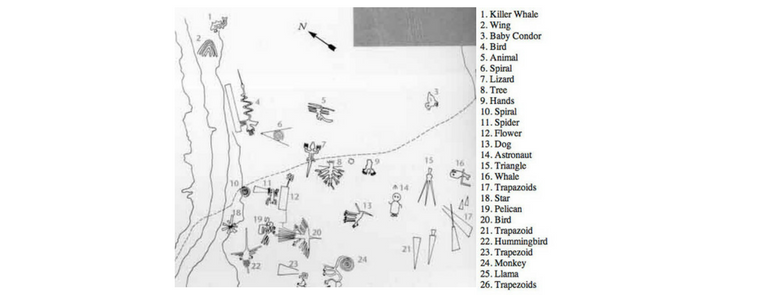
Tree
Hands
Spiral
Spider
Flower
Dog
Astronaut
Triangle
Whale
Trapezoids
Star
Pelican
Bird
Trapezoid
Hummingbird
Trapezoid
Monkey
Llama
Trapezoids
How Did They Make These Gigantic Drawings ?
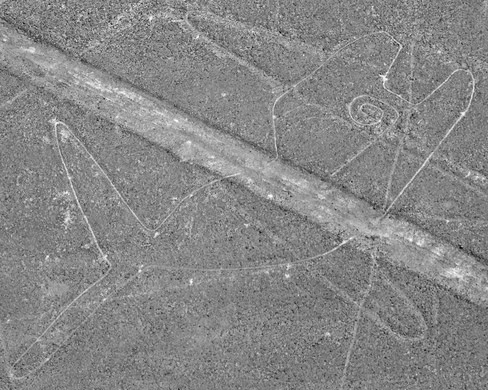
The lines were apparently made by brushing away the reddish, iron oxide covered pebbles that compose the desert surface and uncovering the white colored sand underneath. In most places wind, rain and erosion would quickly remove all traces of this within a few years. At Nazca, though, the lines have been preserved because it is such a windless, dry and isolated location.
Popular Posts
9 Weird Mormon Rules & Beliefs That Make Them Different from Other Communities
Mormons are from a cultural group related to Mormonism. It is the religious tradition of the latter-day saint movement of Restorationist Christianity initiated by Joseph Smith.
Augustus Perez
12 Missing People Who Disappeared Mysteriously and Later Found Alive
The news of lost people coming back to life or found alive makes for great headlines but is an emotionally wrecking experience in reality, here are some strange stories of missing people who were found alive!
Augustus Perez
8 Most Notable Cases Of Harlequin Baby That Will Give You Goosebumps
Harlequin Ichthyosis is a severe genetic disorder that mainly affects the skin. Infants with this condition are born with very hard, thick skin covering most of their bodies.
Kevin Green







